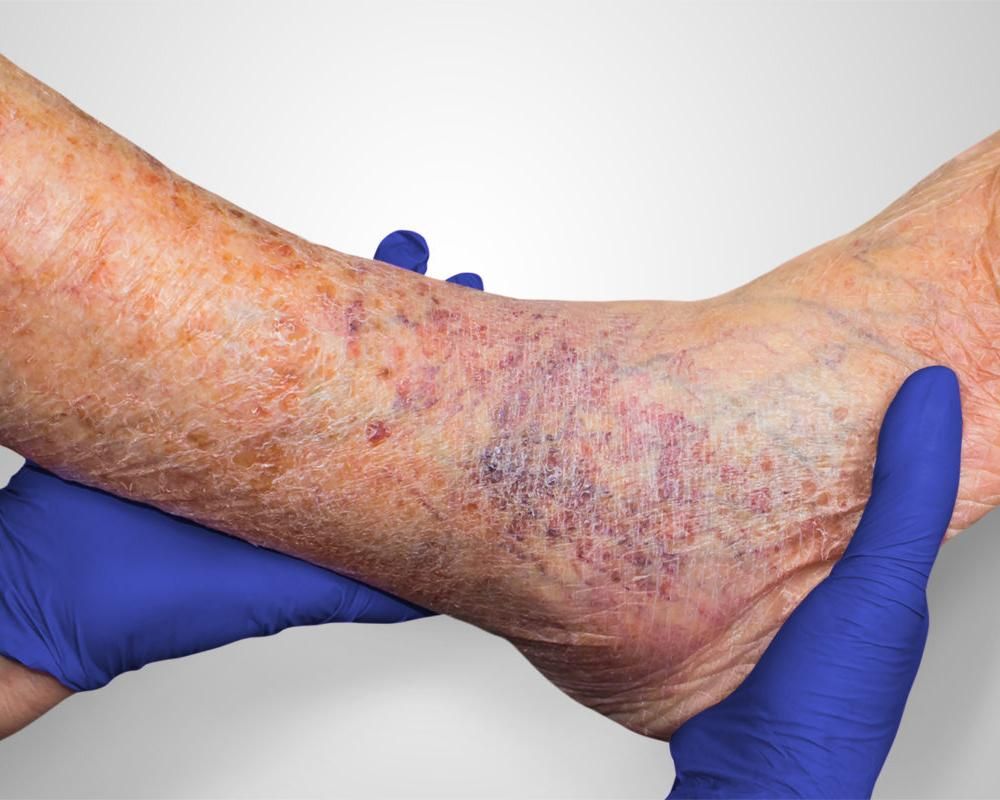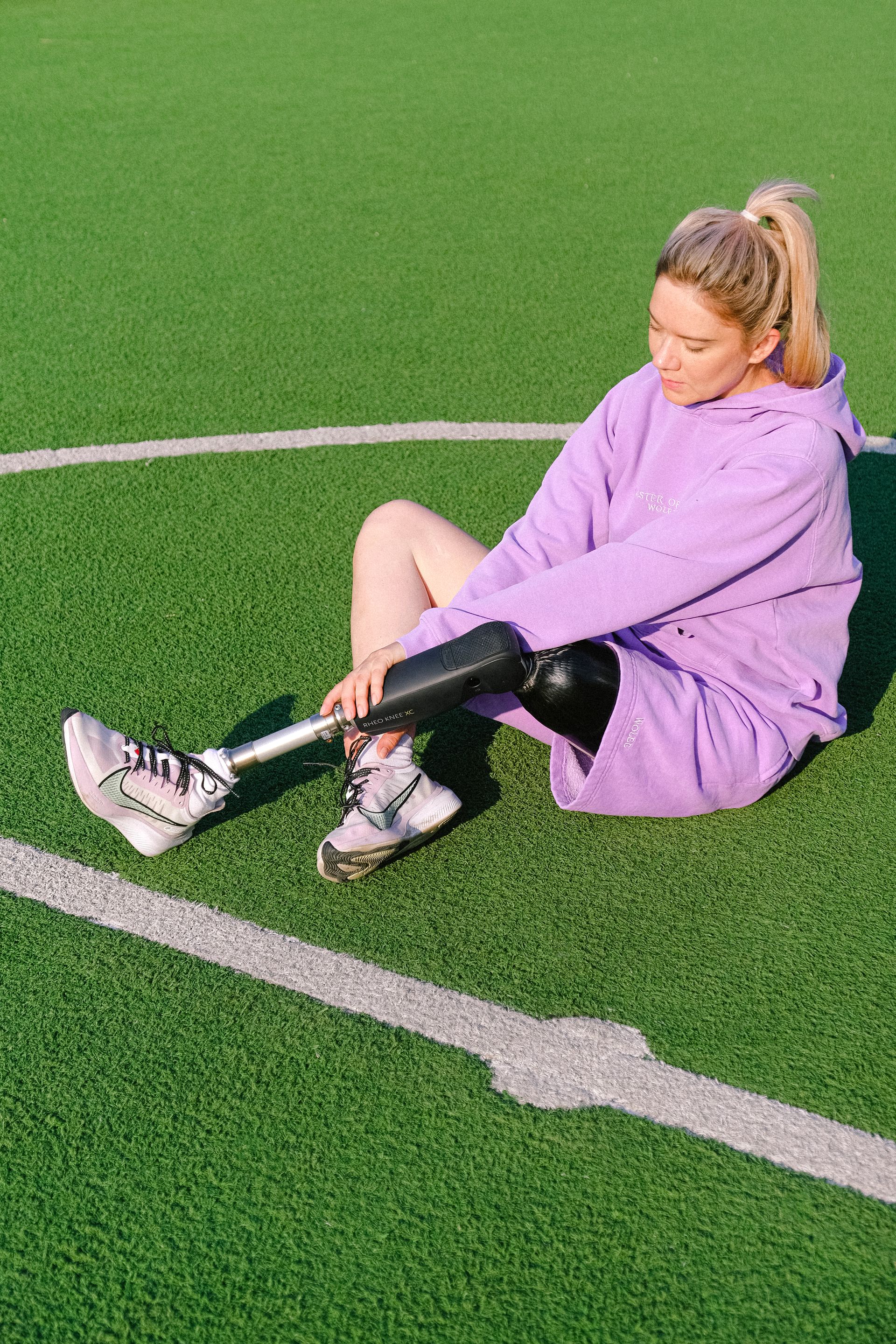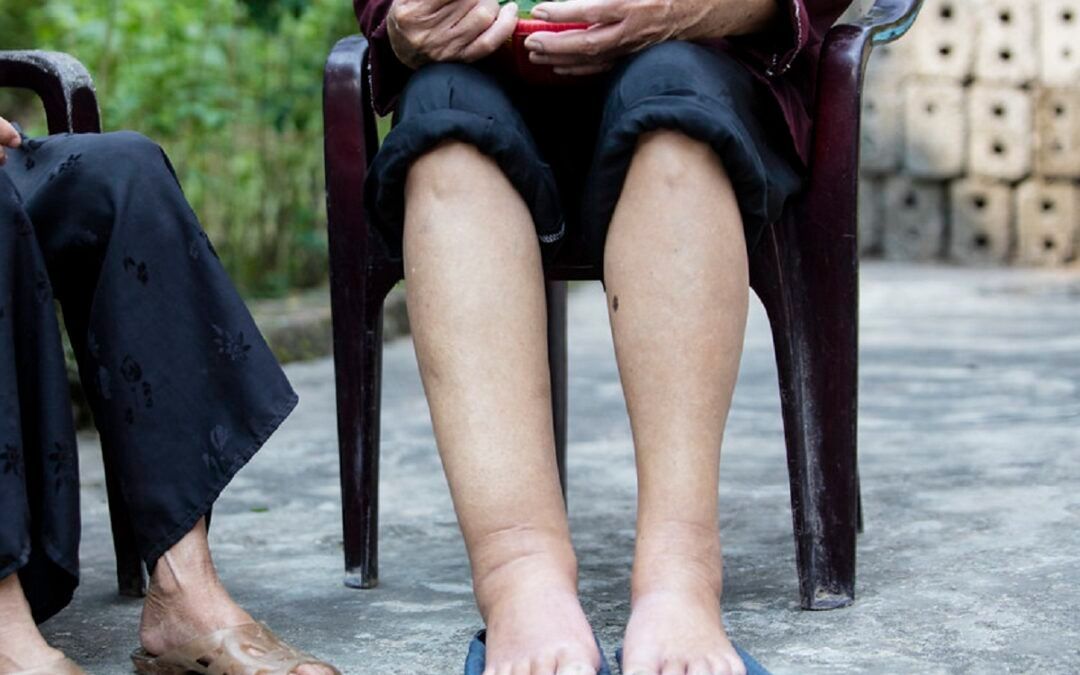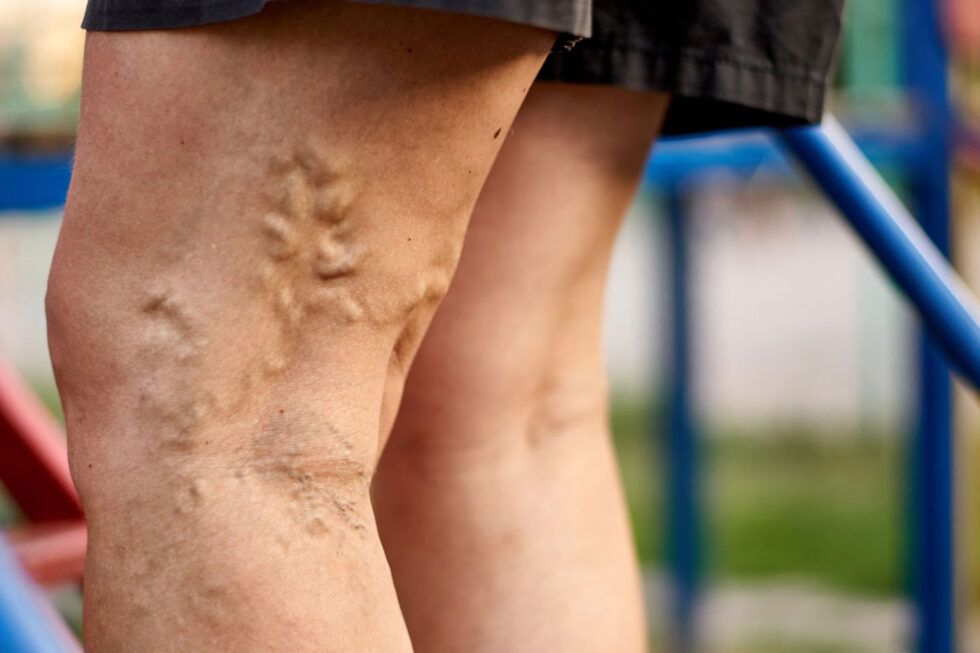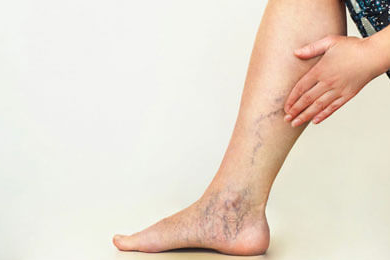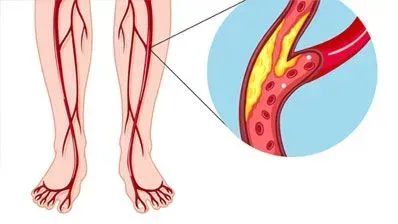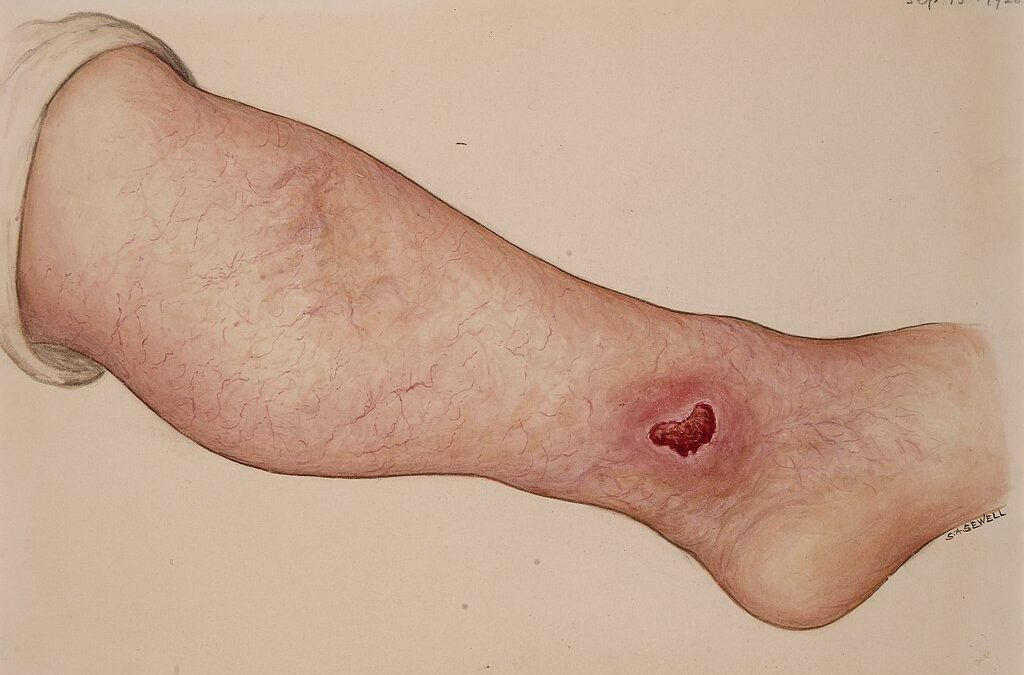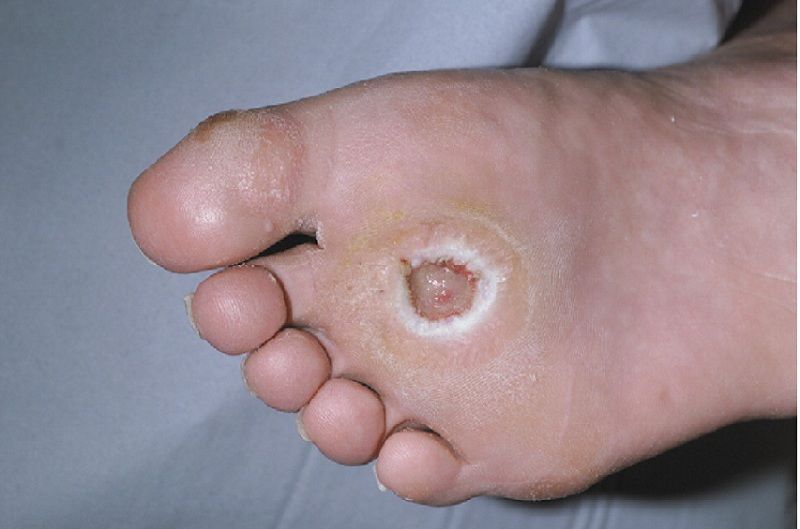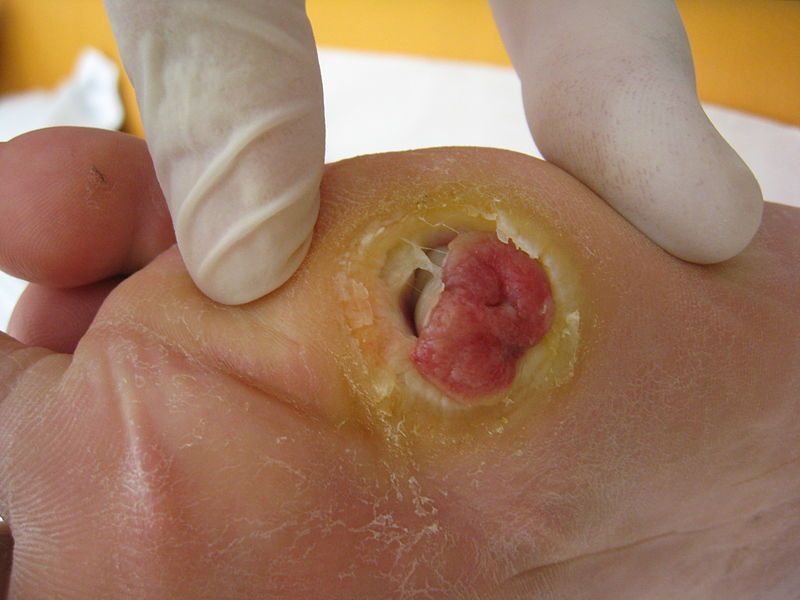How To Cure Peripheral Artery Disease?
The human body has several components for proper blood flow. Arteries are the main factor in this process. They carry oxygenated blood to every organ in the body. Artery damage can lead to fatal problems. So, it becomes necessary to keep them healthy.
A major problem that arises in arteries is peripheral artery disease. This disease shrinks the space inside arteries. As a result of which there is a decrease in blood flow. This fairly occurs in the lower region of the body. There are different factors involved that cause this disease.
So, let us learn a few important aspects of peripheral artery disease in the legs. Also, you will understand how you can effectively cure this disease.
What is peripheral artery disease?
Due to some external and internal factors, the overall circumference of arteries reduces. The main function of arteries is to carry blood away from the heart. Ant disruption in this process causes slow functionality in the organs.
As legs act as the base of our body, any kind of disease can make a person handicapped. The main causes of such disease are our sedentary and restless lives. But this is a curable disease. Moreover, with the right treatment and precautions, one can become completely healthy again.
Symptoms
Both normal and severe problems can occur due to peripheral artery disease in the legs. We have covered all of them for you:
- Weakness
The basic symptom of peripheral artery disease is the weakening of your limbs. You will see a gradual decrease in strength. Therefore, you will become less mobile. This further makes you prone to other diseases.
- Change in color
You will start noticing skin yellowing. Your skin has a natural color. Any change in that is a clear detection of a culminating disease. Please, visit a physician if you notice any changes in your skin.
- Hair loss
This is another common symptom of having peripheral arteries. You will start noticing a decrease in the hair on your legs. Your skin might be shiny and swollen in certain areas. Similar diseases can also cause these issues. That is why always consult a doctor and perform a full body check-up.
- Cramps
Generally, cramps occur due to less water or salt present inside the blood. Our body sends electric signals to communicate. Any change in the chemical or physical composition of blood causes a change in the nerve cells. Less blood-flow has the same effect on the body. Due to this, organs are not able to function properly.
Peripheral artery disease affects critical organs. Therefore, anyone suffering from this disease may get painful cramps.
- Erectile dysfunction
This is an extremely unfortunate effect on peripheral arteries. Erectile dysfunction is the inability to maintain a firm erection. Other issues may also associate with this disease. Our sexual organs are mostly controlled by the nervous system. Sudden imbalance in the blood or damage to the arteries results in such problems.
Furthermore, if the symptoms persist for a long duration, it may lead to complete male impotence. The person won’t be able to reproduce or have any sexual intercourse.
- Total numbness
In case a damaged artery is not repaired, your leg loses all functionality. This is a severe symptom and requires immediate inspection. In such a situation, the doctor will perform several diagnoses of your leg. However, if left untreated, a leg amputation has to be done.
Diagnosis
Your doctor may perform several tests before reaching a final conclusion.
Leg Examination
First, a thorough examination of the body part is done. Comparing blood flow called ankle-brachial index is a crucial part of this process. Apart from this, any abnormality is checked using a stethoscope. Doctors will try to hear the blood flow sound in your legs. Furthermore, physical movement and sensitivity will be measured.
Blood tests
Numbness in the body can also be caused by diabetes. A blood test will measure a safe number of triglycerides in the blood. A large number of triglycerides is a clear indication of diabetes.
Angiography
This process requires a dye injected directly into your blood vessels. After that, a scan is performed to view your arteries. This liquid is visible via a machine. It shows any obstruction or damage in the vessels. X-ray, CT- scan, and MRI’s are some of the popular scanning methods used in this process.
Treatment Of Peripheral Artery Disease in Legs
Peripheral artery disease in legs treatment can be cured in two ways:
Medical Cure
- Blood thinners: Prevents blood coagulation and increases blood flow. They also reduce the thickening of blood that causes blockage in the arteries. But, remember to only take the prescribed number of thinners. Excessive amounts may cause several complications.
- Clot removers: Medicines that help in the removal of clots are given to the person. Once the clot is removed, the blood flow becomes normal.
- Cholesterol and sugar controllers: High cholesterol and fat causes blockage in the
Having diabetes further worsens this problem. These drugs help in controlling this problem.
- Surgery:If all the methods fail, surgery becomes the final option. The doctor may perform angioplasty or bypass surgery to cure this disease. Both methods involve cutting the artery and creating a clear path for the blood to flow.
Basic remedies
- Exercise: This is a basic necessity in everyday life. Doing regular exercise removes toxins and boosts immunity. An active and fit person will always stay away from such diseases.
- Stop smoking: Smoking is the major cause of death around the world. Its main side effect is the shrinking of arteries. This restricts the blood flow. Sooner or later, this creates a harmful effect. That is why do not waste your life and money on smoking.
- Drink water: We all know that our body consists of more than 70% water. It is the main component of blood. So, drink an adequate amount of water in a day.
- Eat healthy: Your diet is the cure for all diseases. Think before you eat anything. It should not be a compulsory habit but a part of your lifestyle. Have a proper intake of fruits and salads in your diet with less saturated fat. This will reduce your blood pressure and improve your overall system.
